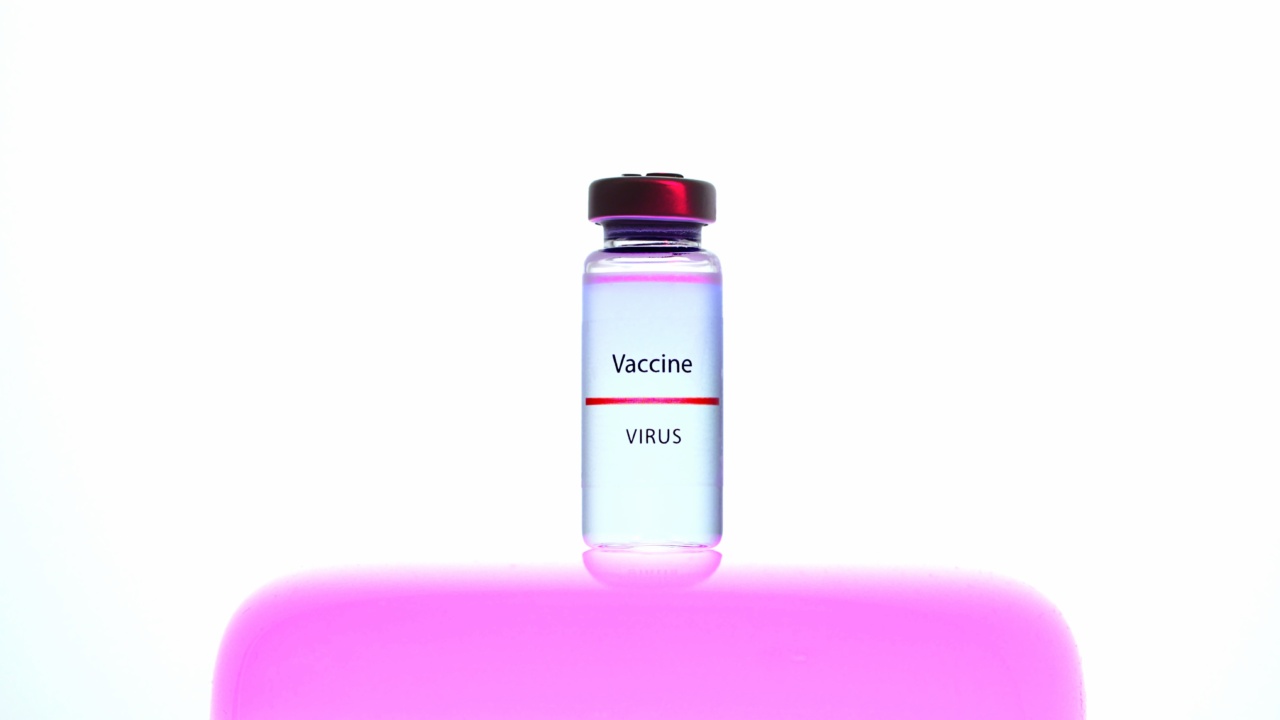Alzheimer’s disease is a progressive brain disorder that affects memory, thinking, and behavior. It is the most common cause of dementia, accounting for 60-80% of all dementia cases.
According to the Alzheimer’s Association, there are currently 6.2 million Americans aged 65 and older living with Alzheimer’s, and this number is projected to reach 13.8 million by 2050. Despite ongoing research efforts, there is still no cure for Alzheimer’s disease.
The pathophysiology of Alzheimer’s disease
Alzheimer’s disease is characterized by the accumulation of beta-amyloid protein in the brain, which forms plaques. Additionally, the protein tau forms twisted fibers called neurofibrillary tangles.
These plaques and tangles disrupt communication between brain cells, ultimately leading to cell death and brain damage.
The current treatment options for Alzheimer’s disease
The current treatment options for Alzheimer’s disease include medications that aim to manage symptoms.
For example, cholinesterase inhibitors such as donepezil, rivastigmine, and galantamine are commonly used to treat cognitive symptoms such as memory loss and confusion. Additionally, memantine is used to treat moderate to severe Alzheimer’s disease by regulating glutamate, a neurotransmitter that is involved in learning and memory.
Novel drug targeting toxic protein
A recent study published in the journal Nature has identified a novel drug that targets toxic proteins in Alzheimer’s disease.
The drug, called A03, works by binding to beta-amyloid protein and preventing it from forming toxic plaques in the brain. The study was carried out with support from the National Institutes of Health and the Alzheimer’s Association, and the drug was developed by a team of researchers led by Dr. Ronald DeMattos from Washington University School of Medicine in St.
Louis.
The potential benefits of A03
The potential benefits of A03 are significant, as it may be able to slow or even halt the progression of Alzheimer’s disease. Unlike current treatments, which focus on managing symptoms, A03 targets the underlying pathology of the disease.
In preclinical studies, A03 was shown to reduce beta-amyloid levels in the brain and prevent the buildup of toxic plaques. Additionally, A03 was found to be effective at lowering plasma and cerebrospinal fluid levels of beta-amyloid, suggesting that the drug could potentially be used as a diagnostic tool for Alzheimer’s disease.
The challenges ahead
While the results of the preclinical studies are promising, there are still challenges ahead before A03 can be used as a treatment for Alzheimer’s disease.
One challenge is the development of a delivery mechanism for A03 that can effectively target the brain. Currently, A03 is delivered via injection into the bloodstream, which may not efficiently target the brain. Additionally, further studies will be needed to determine the optimal dosage of A03 and any potential side effects.
The future of Alzheimer’s disease treatment
The development of A03 is just one of many ongoing efforts to find a cure for Alzheimer’s disease.
Other potential treatments include immunotherapy, which involves the use of antibodies to target beta-amyloid in the brain, and gene therapy, which aims to correct genetic mutations that increase the risk of Alzheimer’s disease. Additionally, lifestyle factors such as diet, exercise, and social engagement have been shown to have a protective effect against Alzheimer’s disease, highlighting the importance of prevention.
Conclusion
Alzheimer’s disease is a devastating condition that affects millions of people worldwide. While there is currently no cure, ongoing research efforts hold promise for the development of novel treatments.
A03, a drug that targets toxic proteins in Alzheimer’s disease, is one such treatment. While there are still challenges ahead, the potential benefits of A03 are significant and may provide hope for those affected by this disease.





























